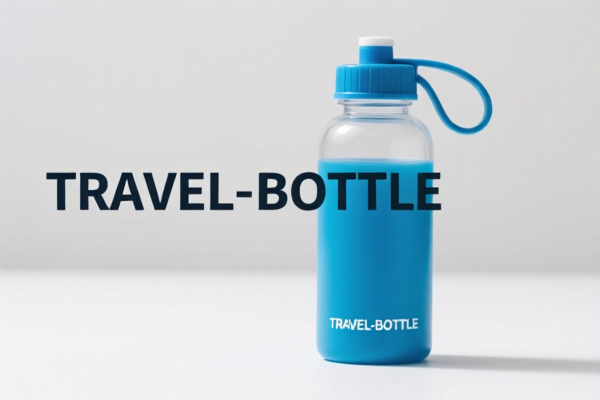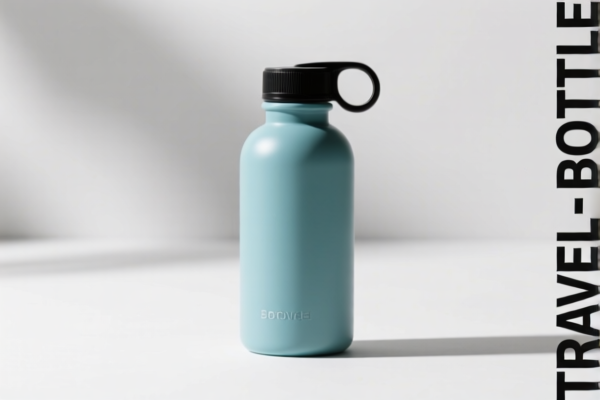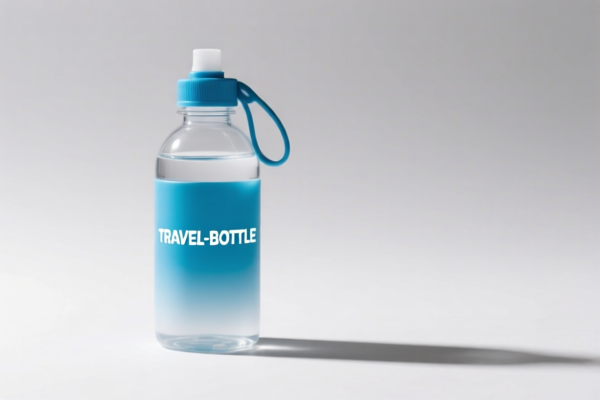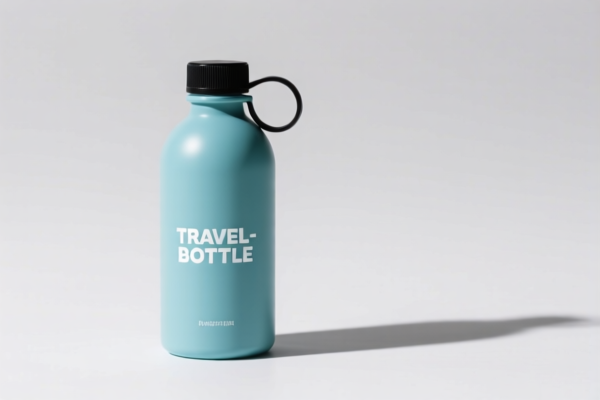| HS Code | Official Doc | Tariff Rate | Origin | Destination | Effective Date |
|---|---|---|---|---|---|
| 3923300090 | Doc | 58.0% | CN | US | 2025-05-12 |
| 7326903500 | Doc | 87.8% | CN | US | 2025-05-12 |
| 7612905000 | Doc | 55.0% | CN | US | 2025-05-12 |
| 7010905025 | Doc | 55.0% | CN | US | 2025-05-12 |




Okay, let's break down the HS codes and tax implications for your "TRAVEL BOTTLE" declaration. Here's a structured analysis to help you understand the classification and potential costs:
Understanding HS Codes: A Quick Primer
HS codes (Harmonized System codes) are internationally standardized codes used to classify traded products. The first 6 digits are generally consistent worldwide, while additional digits can vary by country. Here's what the digits typically represent:
- Chapter (First 2 digits): Broad category of goods (e.g., 39 = Plastics, 73 = Iron or Steel).
- Heading (Next 4 digits): More specific classification within the chapter.
- Subheading (Next 2 digits): Even more detailed classification.
- Additional Digits: Country-specific for further refinement.
Analysis of Your HS Codes
Let's examine each code provided:
1. HS Code: 3923.30.00.90 – Articles for the conveyance or packing of goods, of plastics
- 39: Plastics and articles thereof. This indicates the bottle is made of plastic.
- 23: Articles for the conveyance or packing of goods, of plastics. Specifically for packaging.
- 30: Stoppers, lids, caps and other closures, of plastics.
- 00.90: Other. This is a residual category, meaning it covers plastic bottles not specifically defined elsewhere.
- Tax:
- Basic Duty: 3.0%
- Additional Duty: 25.0% (Currently) / 30.0% (After April 2, 2025)
- Total Tax: 58.0%
- Notes: This is a common classification for basic plastic travel bottles.
2. HS Code: 7326.90.35.00 – Other articles of iron or steel
- 73: Iron or steel articles. This suggests the bottle has some iron or steel components (e.g., a metal lid, a steel outer casing).
- 26: Other articles of iron or steel.
- 90: Other.
- 35: Containers of a kind normally carried on the person, in the pocket or in the handbag.
- Tax:
- Basic Duty: 7.8%
- Additional Duty: 25.0% (Currently) / 30.0% (After April 2, 2025)
- Total Tax: 87.8%
- Notes: This code is applicable if the bottle has significant iron or steel parts. The higher tax rate reflects the steel content.
3. HS Code: 7612.90.50.00 – Aluminum casks, drums, cans, boxes and similar containers
- 76: Aluminum and articles thereof. This indicates the bottle is made of aluminum.
- 12: Aluminum casks, drums, cans, boxes and similar containers.
- 90: Other.
- 50: Other.
- Tax:
- Basic Duty: 0.0%
- Additional Duty: 25.0% (Currently) / 30.0% (After April 2, 2025)
- Total Tax: 55.0%
- Notes: This code applies if the bottle is made of aluminum.
4. HS Code: 7010.90.50.25 – Carboys, bottles, flasks, jars, pots, vials, ampoules and other containers, of glass
- 70: Glass and glassware. This indicates the bottle is made of glass.
- 10: Carboys, bottles, flasks, jars, pots, vials, ampoules and other containers, of glass.
- 90: Other.
- 50: Other containers (with or without their closures)
- 25: Of a capacity exceeding 0.33 liter but not exceeding 0.473 liter: Having a mouth with an outer diameter of
38 mm or more - Tax:
- Basic Duty: 0.0%
- Additional Duty: 25.0% (Currently) / 30.0% (After April 2, 2025)
- Total Tax: 55.0%
- Notes: This code applies if the bottle is made of glass.
Important Considerations & Recommendations:
- Material is Key: The primary material of the bottle dictates the correct HS code. If it's mostly plastic, 3923.30.00.90 is likely best. If it's aluminum, 7612.90.50.00. If it's glass, 7010.90.50.25. If it's steel, 7326.90.35.00.
- Component Breakdown: If the bottle is a combination of materials (e.g., plastic body with a metal pump), you may need to consult with a customs broker to determine the correct classification.
- Capacity and Mouth Diameter: For 7010.90.50.25, ensure the bottle's capacity and mouth diameter match the code's specifications.
- 2025 Tariff Changes: Be aware of the additional duty increases scheduled for April 2, 2025.
- Country of Import: Tax rates and regulations can vary by the importing country.
- Certifications: Depending on the intended use of the bottles (e.g., for cosmetics, food), you may need specific certifications (e.g., FDA compliance, food-grade materials).
I strongly recommend consulting with a licensed customs broker in your importing country to confirm the correct HS code and ensure compliance with all applicable regulations. They can review your product specifications and provide accurate guidance.
Do you have any further details about the bottle's material composition, capacity, and intended use? This information will help me refine the classification further.
Customer Reviews
No reviews yet.